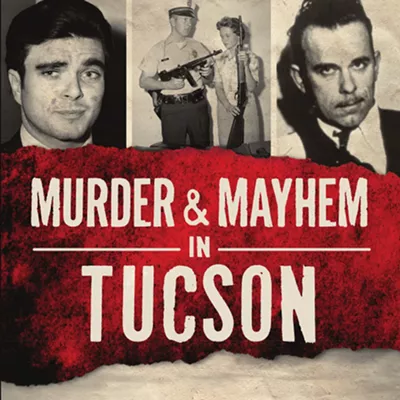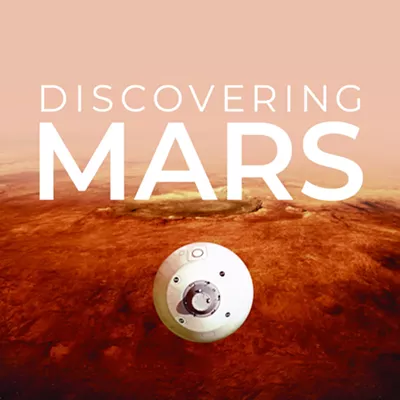I dug up a copy, and it turned out to be a thoughtful, provocative, well-reasoned argument that blows the current approach to conservation biology out of the water. It suggested that the loss of Pleistocene megafauna (a fancy term for big mammals like mammoths, camels, ground sloths and saber-toothed cats, all of which mysteriously disappeared somewhere between 11,000 and 13,000 years ago) created large gaps in the ecosystems of North and South America. To remedy this, the paper proposed refilling those gaps with modern-day relatives of the extinct animals, such as elephants, camels and lions. This would restore some balance to the system and give those same animals, many currently in danger of extinction, a chance at survival.
One of the paper's co-authors, Dr. Paul S. Martin, is best known as the chief proponent of the Pleistocene Overkill Hypothesis. Martin, emeritus professor of geosciences at the University of Arizona's Desert Laboratory, believes that the disappearance of most of North America's big mammals at the end of the last Ice Age (during the Pleistocene time period) not only coincided with the arrival of humans in North America, but was actually caused by overhunting.
Martin's new book, Twilight of the Mammoths, describes his 40-year journey of discovery back into the depths of "near time," the last 50,000 years of the history of life on Earth.
His adventure began in 1948 in Mexico, collecting birds for the ornithologist George M. Sutton and vertebrates for the University of Michigan's Museum of Zoology. A bout with polio in 1950 led to a slight handicap and a change in direction. He began to study pollen, the weirdly shaped microscopic plant zygotes that not only give people allergies, but are also a basic component in plant reproduction. It had been discovered that fossil pollen could be used to reconstruct the ebb and flow of ancient plant communities across the prehistoric landscape over time. Furthermore, this information could be used to learn interesting things about what was going on with climate and plant communities during the time of the megafaunal extinctions, which Martin had become intrigued by.
In 1957, he landed a research job at the University of Arizona's Desert Research Lab on Tumamoc Hill in Tucson. Founded in 1903 by the Carnegie Institution, the lab had been the site of much of the early important work on the Sonoran Desert and the fledgling science of ecology.
Martin remembers his first day of work on the Hill (as it's still known), when a colleague handed him a fibrous brown object the size of a baseball and asked if he'd seen anything like it before. Martin was taken aback, as it turned out to be a fossilized turd, thousands of years old, from an extinct ground sloth. It was so well preserved, it looked almost fresh. Martin was hooked at that point, because one could perform both pollen and radiocarbon studies on the ancient dung. This would help to get a handle on the exact timing of the extinctions of these mammals.
The book describes Martin's efforts to explain the curious coincidence of the mass extinction that occurred subsequent to the arrival of people in North America. It's a terrific description of science at work, and functions as a primer on the nature of research--the collecting of data, the examination of competing hypotheses, the responses to criticisms. The problem of Pleistocene extinctions is a giant jigsaw puzzle in four dimensions, with many of the pieces hidden or missing. In spite of this, Martin has written a compelling story and backed it up with solid data. He shows how the core evidence for a human-caused mass extinction at the end of the Pleistocene is that the disappearances of large animals around the world did not coincide with climate changes or any other cause other than the spread of our own species. Extinctions consistently fall hard on the heels of the arrival of humans on the scene, in what he and others call a "deadly syncopation."
Paul Martin's research laid the foundation for the paper in Nature. It may represent the only hope that the world's large animals have left. Martin is a national treasure, one of the last great minds from a time when biology was about understanding the world and our place in it, rather than the get-rich quick scheme of biotechnology that it's become. This book is a testimony to his brilliance.






